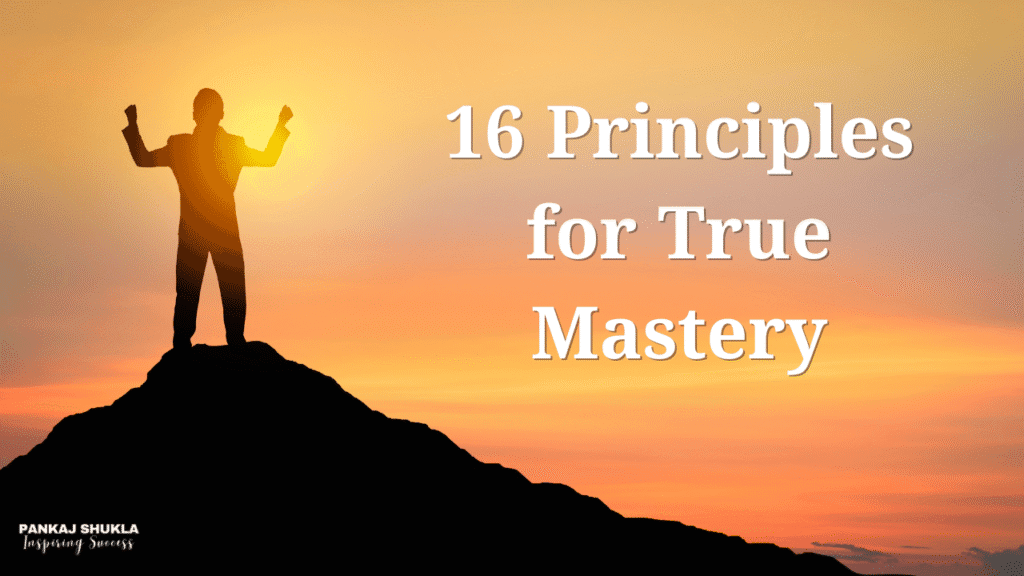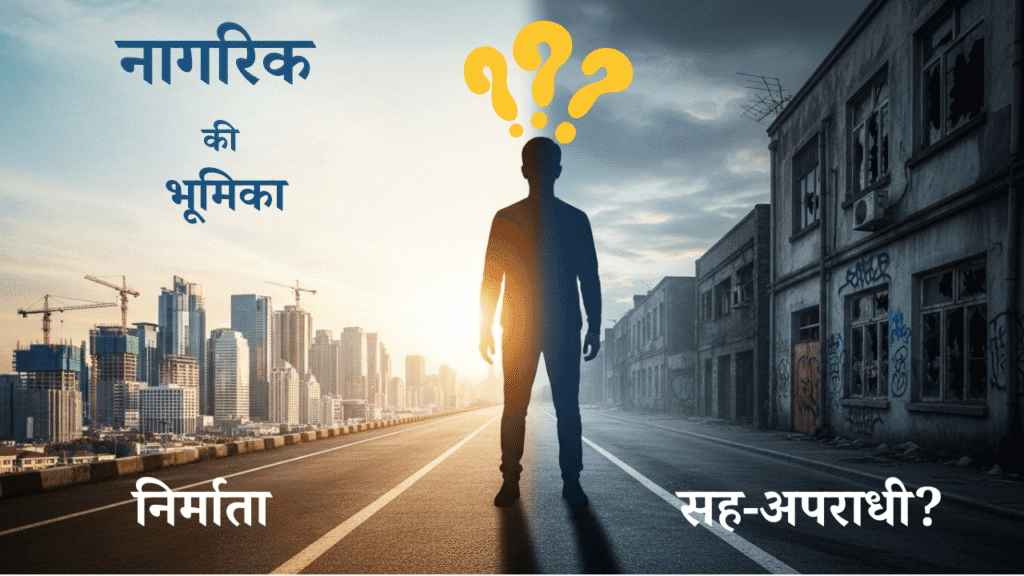
Drowning in endless PDFs, Telegram channels, and strategy videos? Here’s how to cut through the noise, cure your FOMO, and study with focus and clarity.
In the epic Mahabharata, the Chakravyuha was a deadly, spinning maze designed to trap the greatest warriors. Today’s UPSC aspirant is trapped in a new kind of labyrinth: The Digital Chakravyuha.
It’s a maze built from a thousand Telegram channels promising the “best” notes, a hundred YouTube videos revealing the “secret” strategy of the latest topper, and a million PDFs that you download but never read. You are constantly running, collecting material, and bookmarking links, driven by a gnawing fear that you might miss out on that one critical piece of information.
The result? Your hard drive is full, but your mind is empty. You are busy, but you are not productive. You are suffering from UPSC information overload, and it is the single biggest threat to your success.
Escaping this maze requires not more information, but less. It requires a ruthless, minimalist strategy. This is your Abhimanyu’s guide to not just entering, but conquering the Digital Chakravyuha.
Principle 1: The “One Source” Doctrine
For every single subject, you must commit to one primary source. Not two, not three. One.
- For Polity: It is Laxmikanth. Once you choose it, you are forbidden from reading another introductory book on the subject. Your job is to master this one book, not collect a library.
- For Current Affairs: It is one newspaper and one monthly magazine. That’s it. You do not need five different compilations that cover the same news in slightly different language.
The anxiety that you might miss something from another source is an illusion. The UPSC exam rewards depth of understanding, not breadth of collection. A master of one book will always defeat a collector of ten. Choose your one source, and metaphorically burn the other ships.
Principle 2: The “Just-in-Time” Philosophy vs. “Just-in-Case” Hoarding
“Just-in-Case” hoarding is the disease of the modern aspirant. You download every material just in case you might need it later. This creates a digital graveyard of PDFs that only serves to increase your anxiety.
Adopt the “Just-in-Time” philosophy.
- Don’t download material for a subject you won’t study for another three months. When it’s time to study that subject, the right material will be available.
- Be a creator, not a collector. Instead of downloading someone else’s notes, create your own. The act of creation is the highest form of learning.
- Implement a “One In, One Out” rule. If you find a truly superior resource, you must delete the one it is replacing.
This discipline in UPSC resource management will free up gigabytes on your hard drive and terabytes of mental space.
Principle 3: The Topper is a Guide, Not a God
Every year, a new set of toppers emerge, and with them, a new flood of strategy videos. Watching them can be helpful, but obsessive viewing is a form of procrastination disguised as research.
- Watch a few, then stop. Watch 3-4 videos from toppers with similar backgrounds (e.g., working professional, specific optional subject). Absorb their core principles.
- Extract the strategy, not the booklist. The real gold is in how they studied—their routine, their revision technique, their mindset—not the exact books they read.
- Remember: Their strategy worked for them. You are not a clone. Your job is to take their principles and forge your own unique, personalized strategy.
After this initial phase, unsubscribe and unfollow. Your path is your own.
Principle 4: Tame the Digital Beast (Use Apps and Tools Wisely)
Your phone is your biggest enemy. You must tame it.
- Turn off ALL non-essential notifications. Your focus is sacred.
- Use a newsfeed eradicator on your social media.
- Have separate Telegram accounts: One for personal use and one strictly for a few (2-3) essential academic channels.
- Set app timers. Give yourself a strict time budget for any potentially distracting app.
Clarity is not found; it is created. It is the result of deliberate, often difficult, choices. It is the art of saying “no” to a hundred good sources to say “yes” to the few great ones. By adopting this minimalist approach, you are not just decluttering your laptop; you are decluttering your mind.
Escape the maze. Find your focus. That is how you win.








